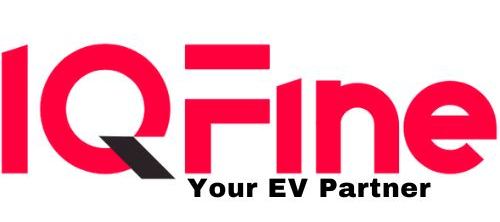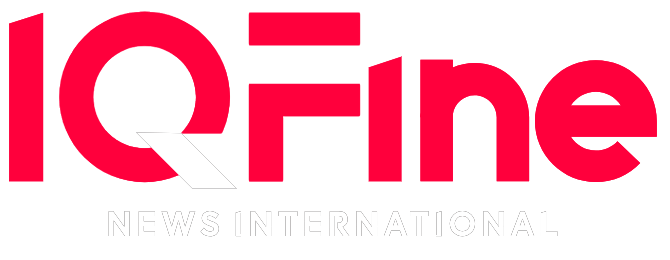The recent news of Tesla’s new patent application for the automated sanitation system has taken the attention of everyone. Tesla said it will come with it’s upcoming robotaxi self-driving electric cars.
The race of first self-driving EVis gaining new contenders every day. In this race Tesla plans to reveal its robotaxi next month along with launch of it’s automated ride-hailing service once it solves the key self-driving problem. The problem related to self-driving is not solved yet, even the new technology opens the door to other problems. In this scenario Elon Musk is still hoping for the early solving of the issues.

For that Tesla has now applied for a new patent called “Controlling environmental conditions in enclosed spaces” to automate at least part of the sanitization of its self-driving vehicles. The key technologies reveals by the patent are :- UV light and heating system, Sanitization Vapor, and Autonomous cleaning routine.
Tesla said following are the problem it is solving in the patent’s background:-
Shared spaces present advantages in cost, efficiency, and environmental sustainability. For example, an automobile providing transportation throughout the day for multiple persons provides lower transportation costs and environmental footprint than an automobile used by only one person for personal commute. However, shared spaces have a disadvantage of facilitating indirect transmission of communicable diseases through contaminated air or surfaces. Current means for sanitizing shared spaces, for example manually wiping touch surfaces using disinfectant wipes, can be time-consuming, laborious and lead to unsatisfactory sanitation conditions. Additionally, such manually implemented activities may not be easily verifiable.
Shared spaces present advantages in cost, efficiency, and environmental sustainability. For example, an automobile providing transportation throughout the day for multiple persons provides lower transportation costs and environmental footprint than an automobile used by only one person for personal commute.

However, shared spaces have a disadvantage of facilitating indirect transmission of communicable diseases through contaminated air or surfaces. Current means for sanitizing shared spaces, for example manually wiping touch surfaces using disinfectant wipes, can be time-consuming, laborious and lead to unsatisfactory sanitation conditions. Additionally, such manually implemented activities may not be easily verifiable.
In the applied patent Tesla explains that It uses a variety of sensors, such as an image sensor, an acoustic sensor, a thermal sensor, a pressure sensor, a capacitive sensor, a radio frequency sensor, or a gas sensor. As the absence of drivers requires a unique approach to sanitation. That all will keep track of the vehicle ‘s inside the environment.

Tesla also mentions the potential use of UV lights and a heating system to sanitize as a part of actual sanitization routine. Further the patent also gives the hints that Tesla is planning to use things inside the vehicle to sanitize automatically, but it could also autonomously drive into an area equipped to sanitize the vehicles with robots.
As per current status Tesla plans to reveal its long awaited robotaxi vehicle, the Cybercab, on August 8, 2024. Inspired by the Cybertruck for it’s design this will be the first fully autonomous electric vehicles of the brand.








